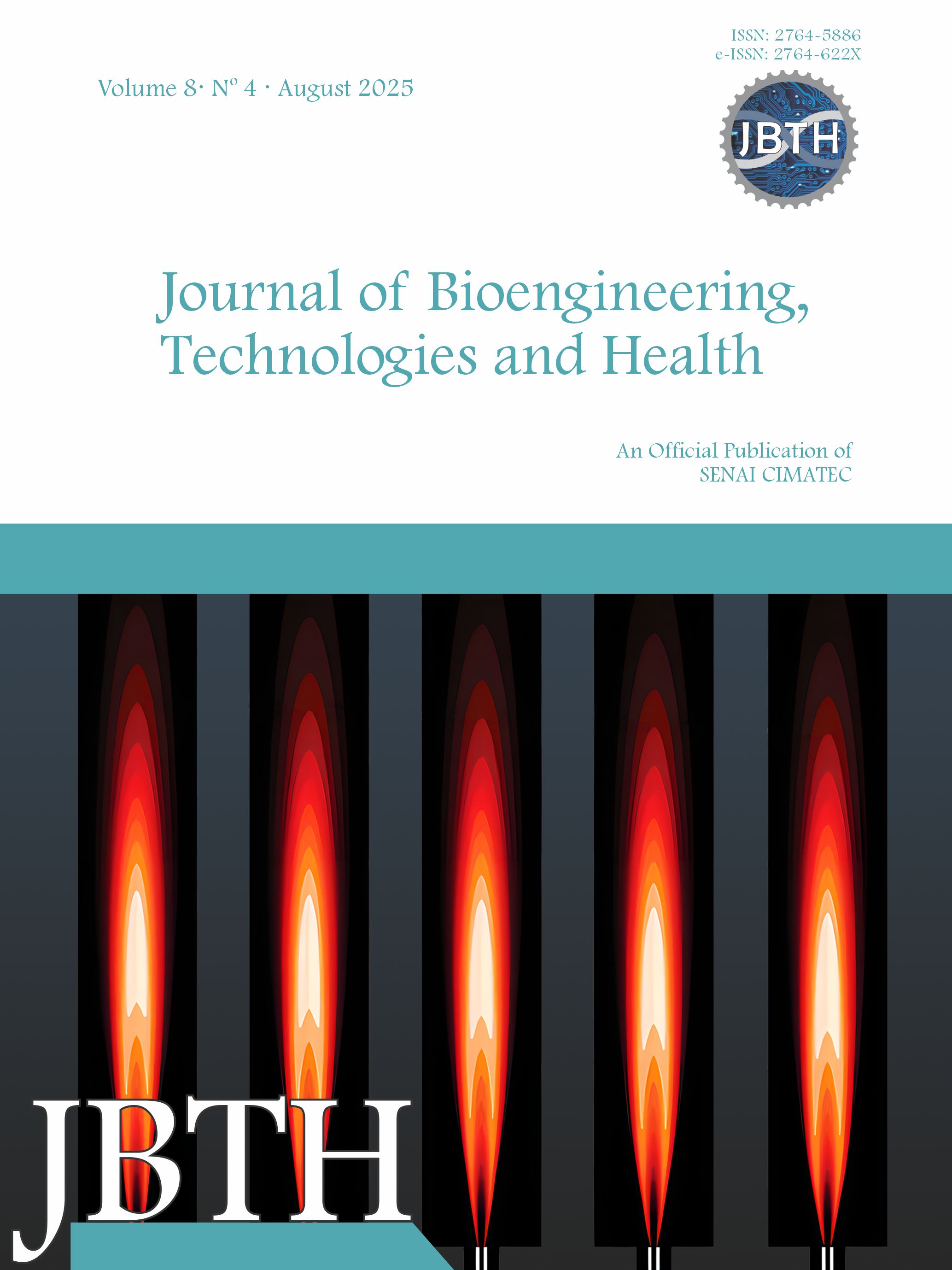Computational Model to Optimize the Prediction of Fouling in the Deposition Process During Oil Pre-Processing in Heat Exchanger Networks Based on Machine Learning
Abstract
The accumulation of deposits in heat exchangers during oil pre-processing, known as fouling, is a reality in the oil and gas industry. This deposition, caused by the presence of suspended solids, organic, and mineral compounds, compromises the thermal and hydraulic efficiency of heat exchangers, resulting in less efficient operations and increased maintenance and energy costs. The implementation of predictive computational models aims to ensure the functioning of heat exchangers and is essential for maintaining refinery operations. The objective of this work was to analyze models for managing deposition in heat exchangers during oil pre-processing, in order to maximize operational efficiency and minimize costs associated with maintenance and energy, using Artificial Intelligence with machine learning models capable of processing sequential data, which is particularly useful in deposition processes that evolve, as in the network of heat exchangers used in oil pre-processing. The computational models were developed using historical measurement data from a network of 25 heat exchangers at a refinery in southeastern Brazil, spanning from September 1, 2014, to July 25, 2021, and comprising a total of 57,225 records stored in a CSV (Comma-Separated Values) file. For prediction, the independent variables were the operating parameters of the exchangers, and as dependent variables, the fouling factor (Rfs), which quantifies the resistance to thermal exchange due to deposition. The prediction models were evaluated based on error metrics, and the DNN (Deep Neural Network) model presented MSE (Mean Squared Error) of 0.01835, RMSE (Root Mean Squared Error) of 0.13549, MAE (Mean Absolute Error) of 0.10743, and R² (Coefficient of Determination) of 0.3049. The LSTM (Long Short-Term Memory) model presented MSE of 0.01863, RMSE of 0.13649, MAE of 0.10895, and R² of 0.29458. The Hybrid Model presented an MSE of 0.01856, an RMSE of 0.13624, an MAE of 0.10663, and an R² of 0.29720. We concluded that predicting the deposition coefficient is critical for operational planning. Computational fouling prediction models can be utilized to minimize costs and risks in the heat exchanger network during oil pre-processing, offering an efficient approach to process optimization.


